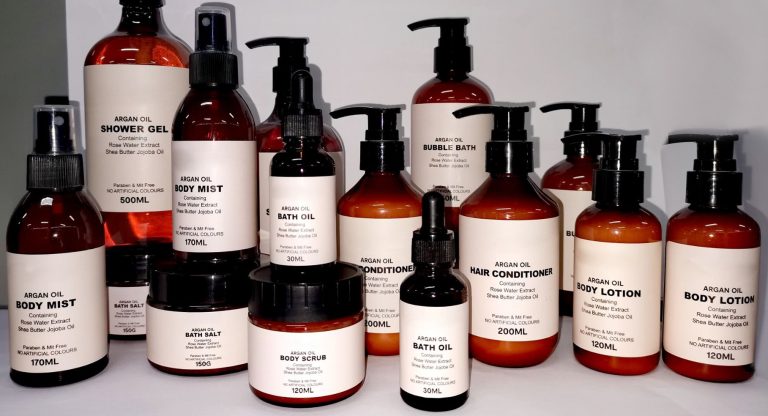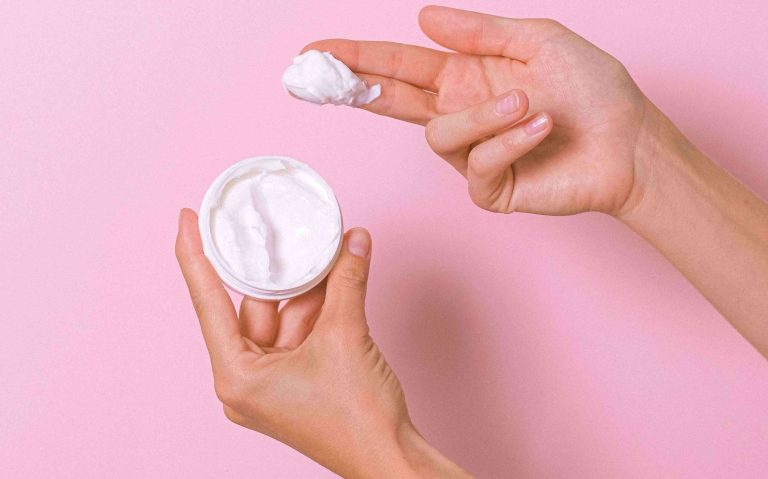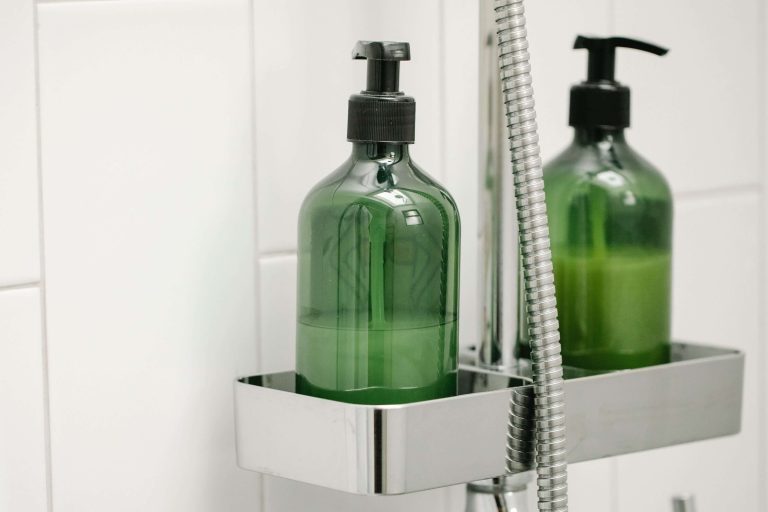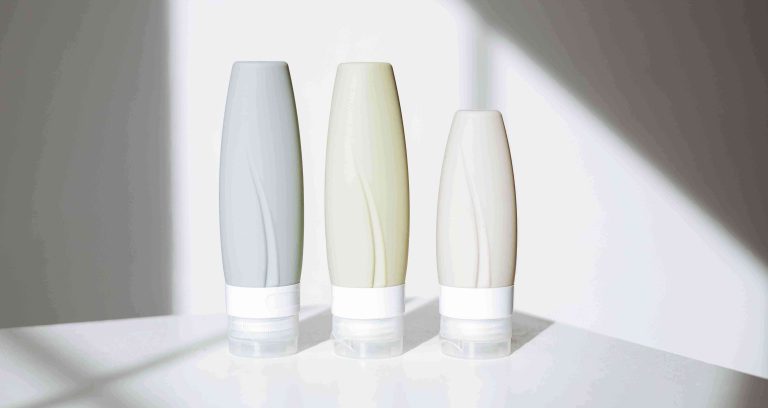Different Types of Cosmetics Packaging?
When it comes to cosmetic packaging, selecting the right type can make a world of difference. Not only does it play a crucial role in protecting and preserving your products, but it also serves as a key touchpoint for consumers, making a lasting impression and influencing their purchasing decisions. In this article, we explore various cosmetic packaging types and their unique advantages, helping you make an informed choice that aligns with your brand’s vision.
- Glass Containers
- Plastic Containers
- Metal Containers
- Paper Packaging
- Airless Packaging
- Sustainable Packaging
Glass Containers: An Elegance Beyond Compare
For high-end skincare products and perfumes, glass containers are the epitome of sophistication. With their timeless elegance and luxurious appeal, they instantly elevate the perceived value of your cosmetics. Glass containers not only exude a sense of luxury but are also eco-friendly as they can be recycled. Choosing glass packaging sends a strong message about your brand’s commitment to both quality and sustainability.
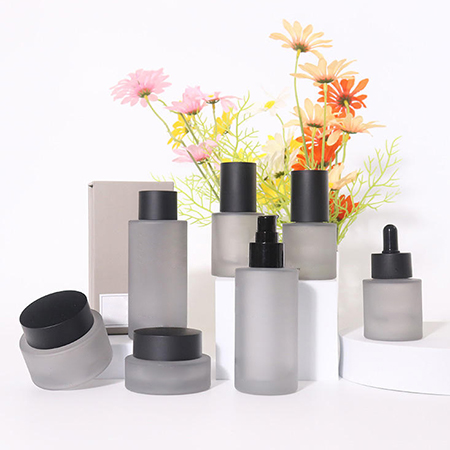
Plastic Containers: The Versatile Workhorses
Plastic containers are undeniably the most widely used packaging option in the cosmetics industry. Their versatility, lightweight nature, and cost-effectiveness make them a popular choice among cosmetic manufacturers. Whether it’s jars, bottles, or tubes, plastic containers offer a wide array of shapes and sizes to suit your specific product requirements. Additionally, they provide excellent customization options, ensuring your packaging aligns perfectly with your brand identity.
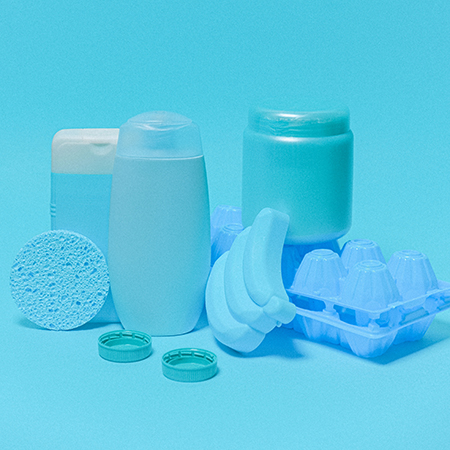
Metal Containers: Strength and Durability
When it comes to packaging cosmetics that require robust protection, metal containers are the go-to option. They are ideal for stick-form products like lip balms and concealers, as well as powdered cosmetics such as eyeshadows, blushes, and highlighters. Metal containers offer sturdiness and can withstand potential impacts during transport or usage. Furthermore, they are a great choice for travel-sized products, ensuring that your cosmetics stay intact no matter the journey.
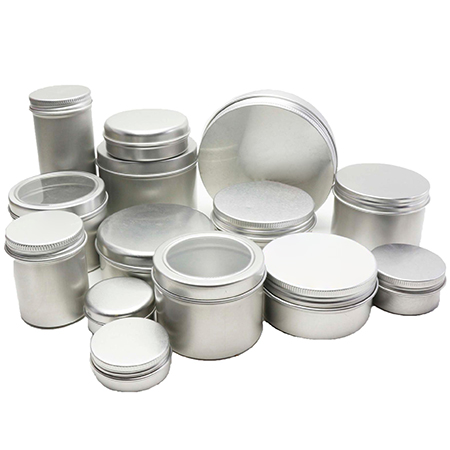
Paper Packaging: A Sustainable Statement
In an era where sustainability is at the forefront, paper packaging emerges as a compelling option for cosmetic brands. With a focus on eco-friendliness, paper packaging provides an environmentally conscious alternative to traditional materials. Folding cartons, paperboard tubes, and sleeves are just a few examples of how paper can be creatively used for packaging. Not only is paper packaging recyclable, but it also offers ample opportunities for captivating designs, allowing your brand to stand out in the market while making a positive impact on the planet.
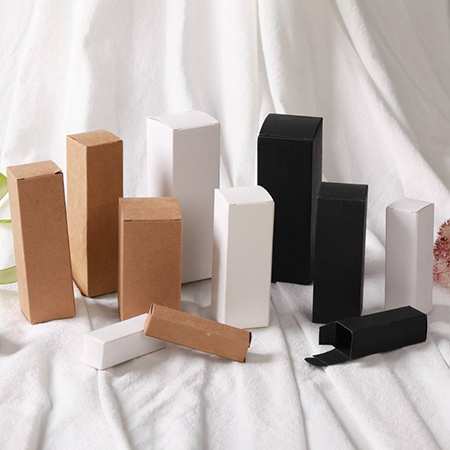
Airless Packaging: The rise in demand for high-end skincare products has led to the popularity of airless packaging. These innovative containers are designed to shield the product from external air exposure, which can potentially degrade active ingredients. With their airtight design, airless packaging ensures product efficacy and longevity, providing an added layer of protection and enhancing the overall consumer experience.
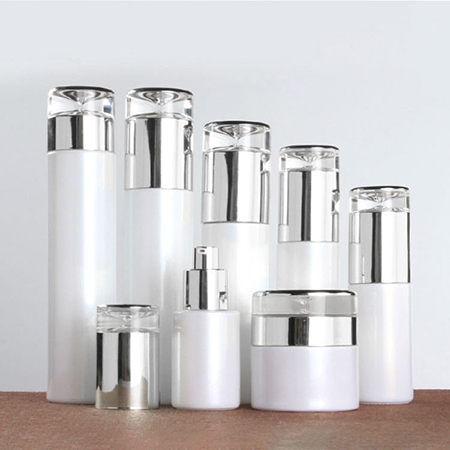
Sustainable Packaging: As environmental concerns continue to shape consumer preferences, sustainable packaging options have gained significant traction. Tree-free paper, biodegradable plastics, and packaging made from bamboo or other plant-based materials are becoming increasingly popular choices. By opting for sustainable packaging solutions, brands can demonstrate their commitment to the environment while catering to the growing demand for eco-friendly products.
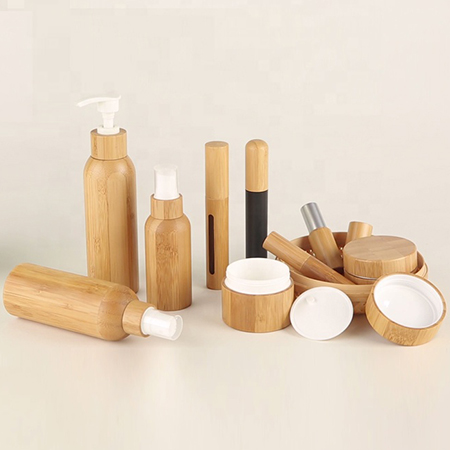
In conclusion, the world of cosmetic packaging offers a diverse array of options to suit different product needs. From plastic and glass containers to metal and paper packaging, each type possesses distinct characteristics and benefits. Understanding the features of all types of cosmetic packaging helps brands design the most effective packaging solution for their products. By embracing sustainable packaging practices, companies can not only safeguard their products but also contribute to a greener future.


